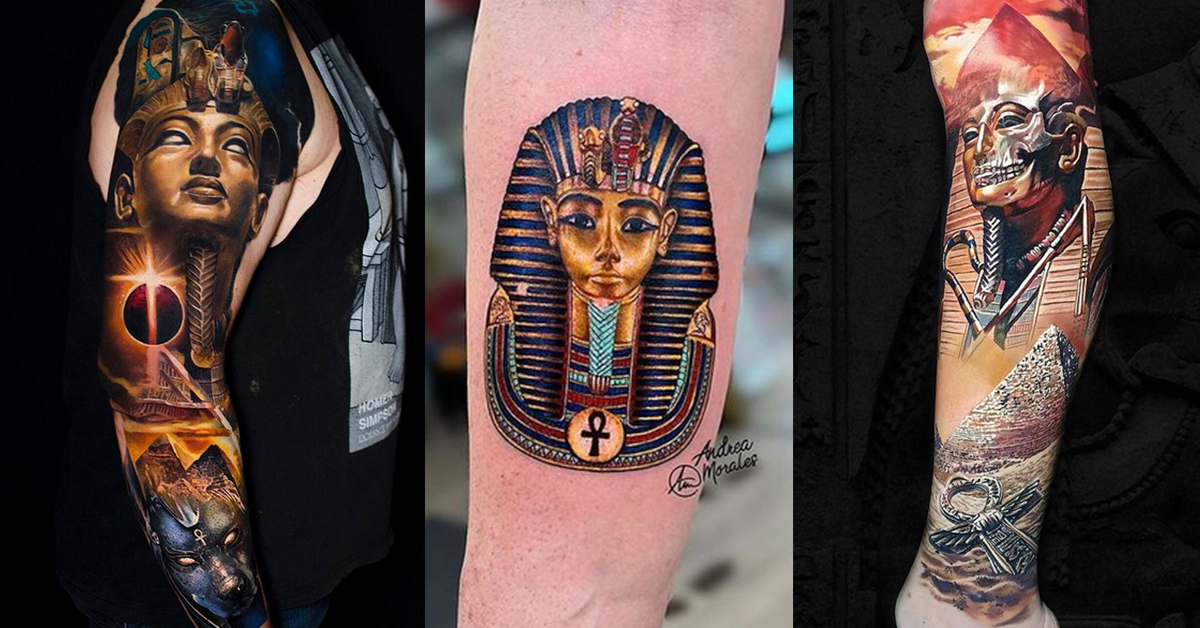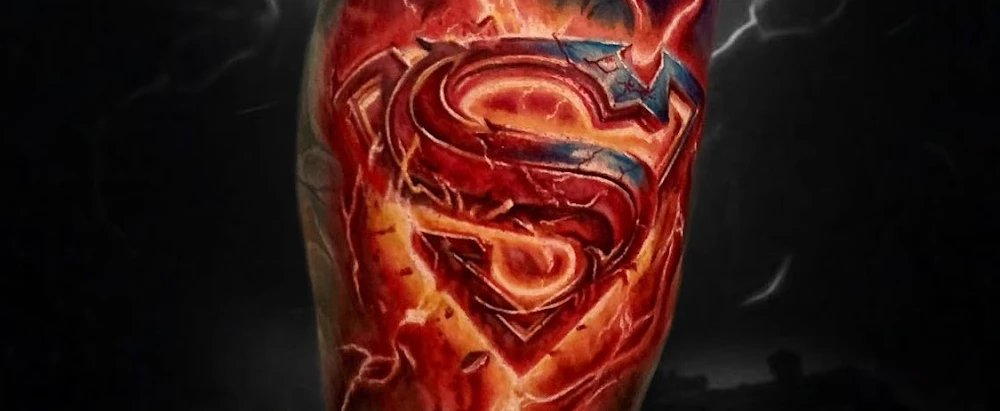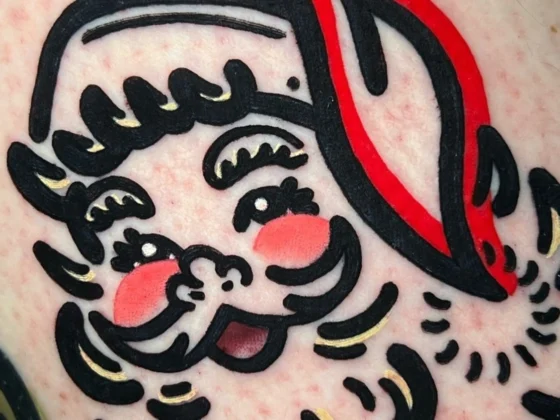Inked Mag Staff
April 20th, 2021
50 Epic Egyptian Inspired Tattoos
What's your favorite image in Egyptian art?
Egypt has a rich art history and the ancient work of this country continues to be celebrated to this day. Ancient Egyptian art is typically classified as art created between 31st century BC and the 4th century AD. It’s comprised of paintings, drawings, sculptures, jewelry, pottery and architecture that can still be observed in museums around the world.
One of the best examples of Ancient Egyptian art can be seen through their writing system, known as hieroglyphics. Egyptian hieroglyphics include approximately 1,000 distinctive characters, which are made up of logographs and symbols. Other popular examples of Ancient Egyptian art include Faience (crushed quartz) sculptures, metal sculptures and Lapis lazuli jewelry.
And of course, one of the biggest artistic achievements of Ancient Egypt are the pyramids, which were built as tombs for pharaohs. There are between 118 and 138 Egyptian pyramids, with the country’s most famous pyramids found in Giza.
In honor of the impressive history of Ancient Egyptian art, take a peek at some of our favorite tattoos from talented artists around the world. These tattoos depict a variety Egyptian imagery, from pharaohs to Cleopatra to scarabs to gods/goddesses. Take a peek at these epic tattoos and let us know your thoughts on this story in the comments section on social media.
Editor's Picks
Bridging Classical Art and Modern Tattooing
Esteban Rodriguez brings the discipline of classical fine art to the living canvas of skin, creating hyper-realistic tattoos that merge technical mastery with emotional depth.
Show Your Ink Fashions Brings Custom Style to Tattoo Culture
Show Your Ink Fashions creates custom shirts designed to showcase your tattoos as wearable art, blending fashion with personal expression.
The Ultimate “Superman” Tattoo Roundup: Just in Time for Superman’s Return to Screens
With Superman’s big return to theaters, fans are revisiting some of the most iconic ink inspired by the Man of Steel.














